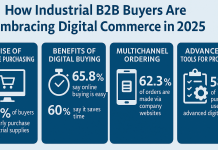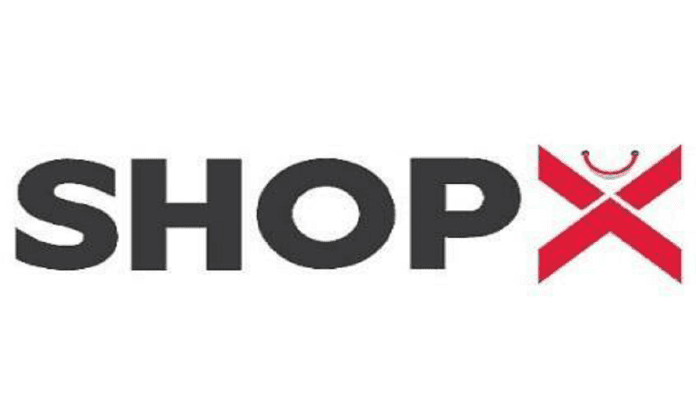Indian eCommerce platform ShopX was once a high flier, just like many FinTech businesses.
The firm has raised over $54 million and was valued at over $100 million in the most recent round. It is funded by Infosys Co-Founder Nandan Nilekani and Fung Investment. Nilekani contributed $18 million on his own.
However, since April 2020, the Indian eCommerce enabler had not been successful in raising equity capital. This is in line with the pandemic’s chilling effect on equity fundraising by unproductive enterprises that depend on the promise of expansion to attract investors.
According to Indian officials, it has now ceased shop and filed for bankruptcy. Additionally, it serves as a warning for other B2B marketplaces.
A review of the firm’s regulatory records reveals a string of failures that frequently occur in unison: low margins that destroyed the original business model; a failed shift to consumers; and, lastly, an inability to repay debt that the company was compelled to incur to keep going.
Small Margins
ShopX aimed to play a significant role in the e-B2B industry’s co-creation. According to a business representative, operations eventually proved unprofitable at scale due to the industry’s poor margin profile, leaving the company with little choice but to cease operations.
Despite being widely used, the B2B marketplace business model is difficult. Every platform requires sufficient suppliers and customers, as well as a value proposition for each. To increase volume on both sides of the transaction, the platforms must provide enough value for both buyers and sellers. The volume of trading influences the amount of liquidity, just like any other market. The network effect that promotes organic self-sustaining development can then start working.
Mistaken Pivot
Midway through 2021, the business changed its fundamental model from an aided eCommerce solution that included sourcing, supply chain management, and a credit line for five years to an eCommerce enablement platform.
ShopX released a cash-back app to test the congested consumer internet market.
This was a difficult course to take for a corporation with financial issues, a high burn rate, and little visibility. In the B2C market, marketing expenses are notoriously expensive, yet stalwart rivals like Amazon and Flipkart have strong competitive advantages.
Debt
ShopX obtained many loans from its Singapore-based investor Fung Investment because it was unable to service its debts due to a lack of operating cash flow or new investments.
Consequences for the Industry
The demise of ShopX demonstrates how B2B marketplaces’ potential may be derailed by the challenges of trying to satisfy both customers and sellers while still sustaining margins at a scale that can produce long-term cash flow. Such entrepreneurs are compelled to employ debt because capital markets in the present investing environment have lost interest in unproductive businesses. Maintenance of such money is difficult due to rising rates.












